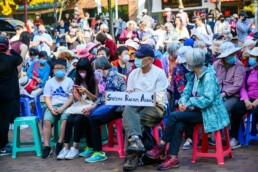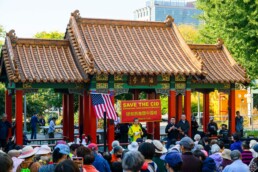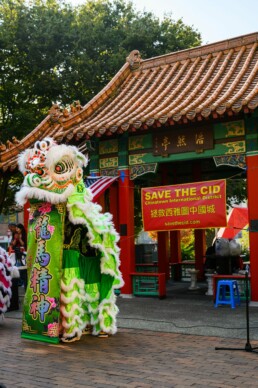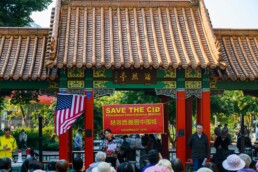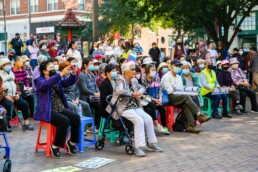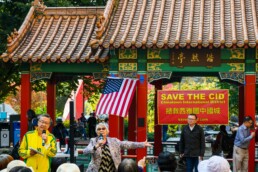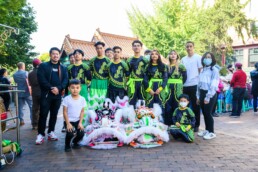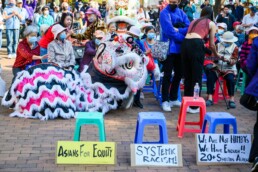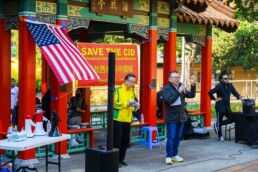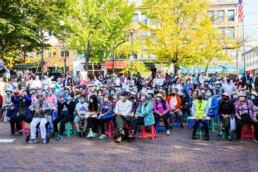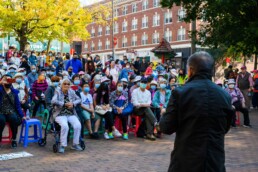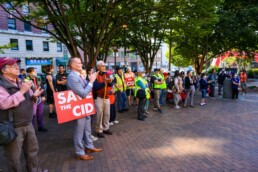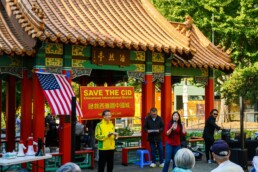Community-driven victory in the CID
On Saturday, Oct. 15 hundreds gathered in Hing Hay Park to celebrate King County’s announcement the day before that they would not be expanding services at the Salvation Army-operated shelter in SODO.
King County and Seattle opened the shelter two years ago without a word to the community or any kind of engagement or outreach. The community then recently learned the county was planning to expand it into a 5-block, low barrier 500-person ‘mega shelter’ with an RV parking lot, tiny house village, sobering center, and acute behavioral crisis center. Again, there had been no outreach the CID neighborhood about the expansion.
This became an issue of systemic racism the Chinatown-International District has faced time and time again. From I-5 splitting the neighborhood in half, to the construction of the Kingdome to neglect regarding public safety issues (why are the lights still off in the InterIm CDA parking lot under the freeway, Seattle City Light?), this was yet another example of, as InterIm’s statement to Seattle City and Council and King County Council said, “an intentional ploy to keep the poorest people of color down, to concentrate them in one small area away from whiter more affluent areas, and to pit them against each other.”
Initial community notification was started by Tanya Woo, Gary Lee, and Julie Neilson after they learned about it in a Public Safety Council meeting. Tanya then took the lead on uniting the community to push back against the expansion. Elders in the CID joined their efforts and marched in protest and testified at City of Seattle and King County Council Meetings to make their voices and concerns heard. InterIm CDA was the first of several agencies who publicly approved of the pushback and provided financial support of their efforts.
Activists planned a protest and rally to take place in Hing Hay Park on Saturday, Oct. 15. But before they could hold it, on Friday, Oct. 14, King County Executive Dow Constantine announced the expansion project was canceled due to our united efforts. What started as a protest turned into a celebration of community activism, community pride, and a reflection of those past and present who have continued to advocate for and protect the CID.
Photos by Randy Wo-Eng
